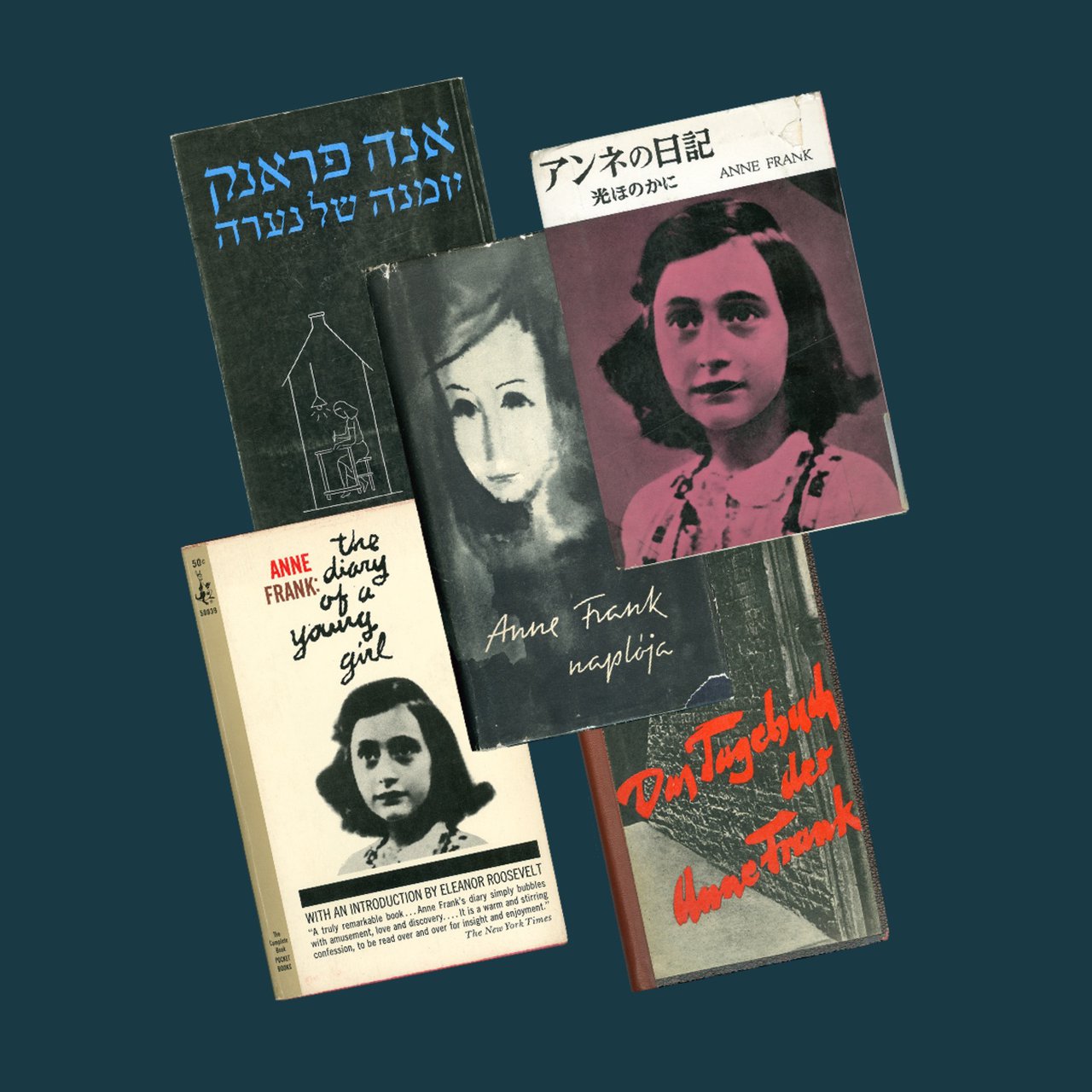Success in the US after review in The New York Times (1952)
In 1950, after reading the French edition, Meyer Levin first wrote about Het Achterhuis in an article on 'the attitude of American publishers towards books of Jewish content' for Congress Weekly magazine. He called Anne Frank a 'highly gifted writer’ and her diary 'a work about the unfolding of the nature of a young girl absolutely pure in candor and at the same time in delicacy.’
Otto had a hard time finding a publisher in the United States. After the manuscript had been turned down by 10 publishers, Doubleday publishers decided to acquire the rights. This was mainly due to editor Judith Jones who discovered the French edition of the diary in a pile of rejected manuscripts. She succeeded in convincing her bosses at Doubleday that the diary deserved to be published in the US. The publication of Anne's diary in America in 1952 had a cautious start. Five years after the book was first published in the Netherlands, Anne Frank: The Diary of a Young Girl was launched in a modest edition of 5,000 copies.
Doubleday did not hold high expectations and hardly spent any money on additional advertising. Sales did not go well. But after an enthusiastic review by Meyer Levin in The New York Times Book Review (15 June 1952), sales began to pick up. A second print run of 15,000 copies was issued, followed within days by a third of 45,000 copies. Before long, print run after print run sold out in rapid succession and millions of Americans read the book.
